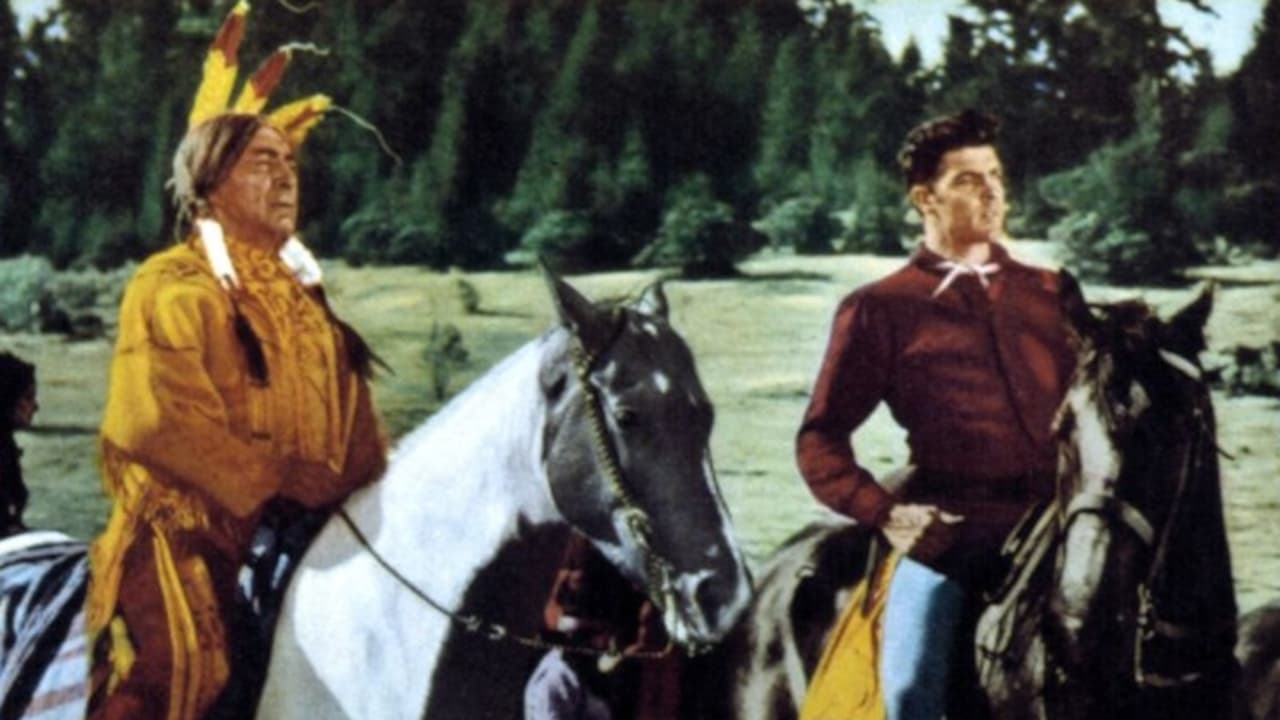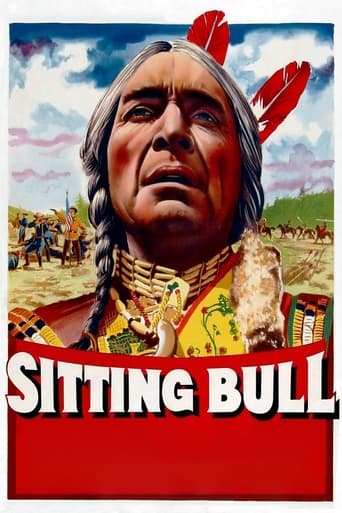



Very well executed
Really Surprised!
I have absolutely never seen anything like this movie before. You have to see this movie.
View MoreThis movie feels like it was made purely to piss off people who want good shows
View MoreBack in 2003, when CinemaScope celebrated its fortieth anniversary, some of the films chosen to mark this occasion were rather odd. Few people would argue with River of No Return but where was King of the Khyber Rifles or Drum Beat or Moonfleet or Sitting Bull? Films which really utilized the full width of the screen for dramatic effect. Producer W.R. Frank's aim was obviously to make a spectacle that took the fullest advantage of CinemaScope's wild, wide spaces. And in this aim, he has surprisingly but admirably succeeded. You wouldn't think there'd be much left to re-ignite the excitement of Custer's stand at the Little Big Horn after so many other screen treatments, but producer Frank has spent so much money on this version, critical faculties are swamped by the sheer weight of manpower. Not since Griffith's Birth of a Nation have we seen battles so spectacularly staged in natural terrain. It's odd that the scope of the anamorphic screen to re-present such encounters was rarely exploited. Admittedly, all the money has been lavished on the last couple of reels, but what's wrong with an unforgettable climax? Aside from the staging of the action however, production credits are pretty mundane and conventional. The producer has not spared us a title song for both front and end credits (in fact the music score throughout is delightfully pedestrian), the photography (due to the early CinemaScope lens) is rather grainy, and the cast hardly aspires to the top drawer. Dale Robertson is as stolid as usual, Mary Murphy is given few opportunities to transcend her conventional role, whilst J. Carrol Naish, repeating his characterization from Annie Get Your Gun, makes a boring, half-hearted Sitting Bull. Fortunately, the support lineup includes old favorites like John Litel and Tom Brown Henry (as a briefly effective villain). In addition to the distracting grain, the lighting in the CinemaScope print tends to be rather dark. Obvious day for night photography is also no help. Nor is the noticeable difference in the lighting between the main and second unit. (Fortunately, none of these defects are apparent in the pan-and-scan TV print utilized on DVD by Platinum Disc). And whilst the action is great stuff, as stated above, I didn't like the use of such obvious stuntmen in the fight between Robertson and Cody.
View MoreSITTING BULL is a sluggish western about a cavalry major (DALE ROBERTSON) who is compassionate toward the Indians and must face insubordination for some of his actions against harsh superior officers.There's a traditional romance thrown into the mix, between a General's daughter (MARY MURPHY) and Robertson, with rival suitor WILLIAM HOPPER as another man interested in Murphy. J. CARROL NAISH is Chief Sitting Bull, who wants peace and refuses to put on his war paint although some members of his tribe are anxious to fight some of the white men's injustices. DOUGLAS KENNEDY is flamboyant and seriously miscast as the yellow-haired General Custer of the 7th Cavalry.It's handsomely produced in outdoor settings that look authentic, but the stilted dialog is handled indifferently by a lackluster cast of players. DALE ROBERTSON gives a leaden performance in the major role and he doesn't get much help from WILLIAM HOPPER or MARY MURPHY, who in real life, married Robertson after this film. Their chemistry on film fails to register and her motivations throughout are sketchy, to say the least.A major plot development has President Grant helping Robertson when he is condemned for helping Chief Sitting Bull and there are a few other subplots before we get to the battle at Little Big Horn. Robertson's compassion for the redskins almost lands him in big trouble toward the end, until Chief Sitting Bull intercedes just before he's about to be executed for treason by a firing squad.Good western should have been much better but is marred by dull performances and uninspired direction of Sidney Salkow. The director unwisely allowed few close-ups of his cast throughout the film, depending solely on medium shots for most of the scenes, probably because he was new at the CinemaScope process. Since most of the cast underacts considerably, this is a real drawback in the more intimate moments.
View MoreOkay, I admit it, we haven't finished it yet; we're somewhere into the second hour. It was packaged as the back half of a dollar-store DVD with "Custer" on the other side, so we bought it on a whim to see how badly you could repackage an old (probably public-domain) film in modern technology.The answer is: pretty badly. Watching this film is a challenge to determine which part is the filmmakers' fault (e.g. wooden acting; stilted dialogue) and which part is the result of an aging film that no one can be bothered to handle properly (e.g. a badly discolored old print; a truly horrendous pan-and-scan job of what was once an interesting-looking widescreen film).Of special note is the maddeningly constant, wall-to-wall musical background: cheesy weeping strings and such, non-stop, as if the filmmakers were terrified of having actual silence in the background once in a while. On the other hand, this _is_ how they liked to make films back then, so if you look at it as a period piece -- no, not as an example of life in the west, but as an example of what Hollywood churned out in the early '50s: the lighting, the acting, the hairstyles, etc. -- then it's actually interesting to watch... for a while, anyway.
View MoreThe best thing that can be said about this film is that it had good intentions. What makes of it almost a camp movie is the unreal, primitive, simplistic way that Sitting Bull, the battle of Little Big Horn, and all events related to it are presented. There are no qualms here about changing historical facts and the unreal attitudes of Major Bob Parrish (Dale Robertson) and also of Sitting Bull are very hard to accept. It was much more complex than that, as it can be seen on the most accurate film made so far about it "Son of The Morning Star". The fact that it was made on a big budget, Cinemascope, and has good battle scenes makes it easier to see. It also had the technical advice of "Iron Eyes Cody" who sure knew a lot about it, but probably kept most of it to himself.
View More